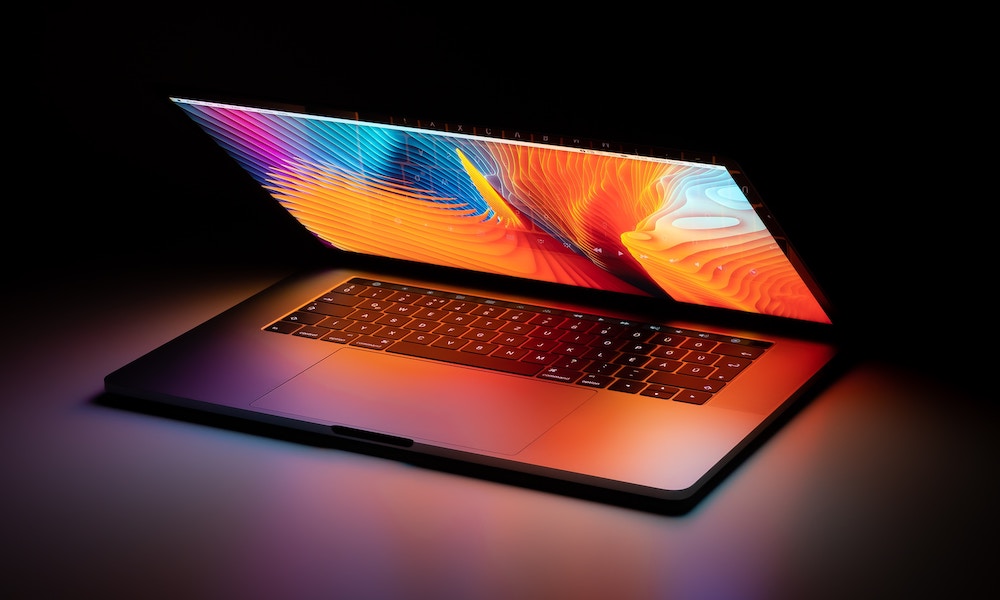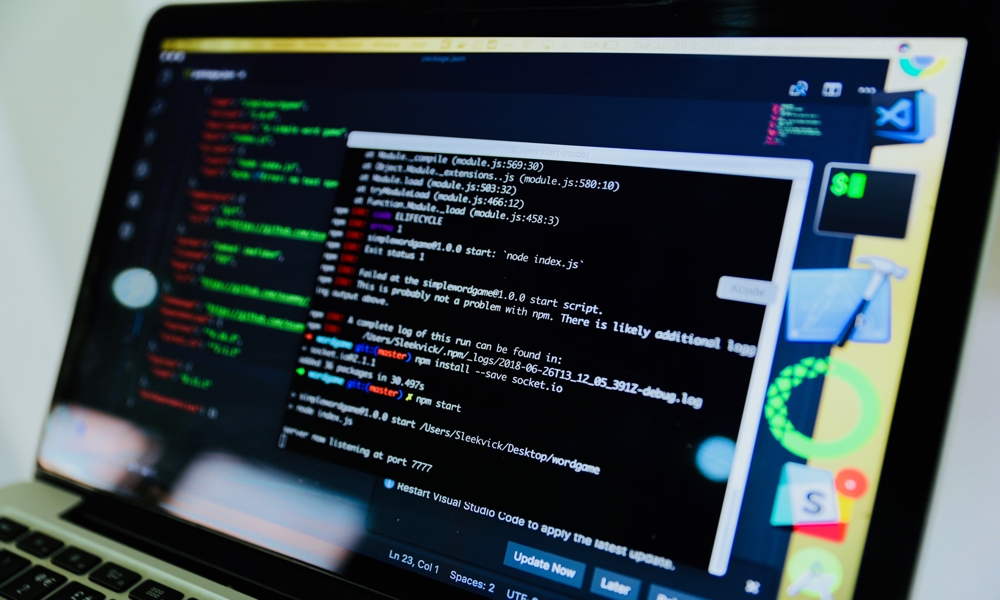Everything You Need to Know About Webcam Hijacking
 Credit: Hadrian / Shutterstock
Credit: Hadrian / Shutterstock
Toggle Dark Mode
A recent scare had Apple releasing silent patches for macOS to help fight off the Zoom vulnerability that could lead to “camfecting” or hijacking the webcam on MacBooks and other cameras connected to the system. Yes, that means that hackers could potentially look through your webcam – it’s not an urban myth, but a very real danger to unwary users. Continue reading to learn everything you need to know about webcam hijacking.
How Hackable Are Webcams?
Your entire computer is hackable (if you download the wrong files). Since the webcam is a physical component of our computers, we don’t think of it as being vulnerable the same way our browsers or apps are. But webcams are entirely controlled by software within the operating system. If that software is compromised, then hackers can take control of the webcam and essentially “see” out of it from their own computers. All it takes is the right kind of malware.
What Sort of Hacking Puts Webcams At Risk?
Have you ever had a problem and called IT or support, only to have them connect to your computer remotely and control it, or at least watch what you are doing? Support personnel use secure remote channels designed for this purpose. Hackers use very similar software to achieve the same thing – remote control of your computer, including the webcam.
How does this particularly insidious malware get on your computer? Well, people usually have to download what is called a Remote Access Trojan, or RAT. Infamous RATs include Poison-Ivy, ProRat, SubSeven, and many more. Typically, these RATs are sent through phishing emails or similar means – emails that are designed to look like they are from trusted security companies or computer manufacturers (including Apple). The email will ask you to download an important “update” from the email itself. This is the RAT, and hackers will use it to take control of your computer – careful hackers will make sure you don’t know about it, either.
Sometimes hackers will also try to sneak malware onto your computer through public Wi-Fi, which is yet another reason to be wary of using public Wi-Fi without security or a VPN for protection. In the case of Apple’s struggle with the Zoom vulnerability, it left both webcams and microphones at risk due to issues with web conferencing servers, a fairly minor RAT vulnerability but still dangerous for users.
What Can People Do With a Hijacked Webcam?
Usually, camfecting is a symptom of a deeper disease. RATs typically give hackers control over all kinds of computer functions – a more or less complete possession. Hackers tend to use this power to hide and follow what you’re doing, watching for financial details, logins passwords, and anything else valuable.
Camfecting is sort of irrelevant to this process. However, hackers will often try to secretly turn on webcams and record footage in hopes of getting something they can use to blackmail you – one of the worst types of ransomware imaginable, and even more likely if hackers can’t access personal information from any of your other web activities. In rarer cases, a particularly malicious hacker may try to get compromising footage to hurt someone they know.
Can I Tell If My Webcam Gets Hijacked?
Modern RATs typically have built-in methods to quickly shut the recording light off, so that’s far from a sure guide. A more certain method is to look at your Task Manager to see if your webcam utility is currently running. If a hacker has already been recording footage from the cam, then there are probably traces on your hard drive – look for webcam video files that you don’t remember making. Finally, run checks for malware to see if your security software can pick up on anything unusual (always a good idea).
What Are the Best Ways to Protect My Webcam?
Firewalls and antivirus apps are must-have solutions. They aren’t perfect, but regular scans can help detect malware, and firewalls can prevent hackers from doing some of the things they’d like to. For complete protection, the best option is to just cover your webcam up with some dark tape or a similar material until you absolutely need to use it. Camfecting can’t do much if the webcam can’t see anything – and yes, Mark Zuckerberg really does do this, too.











